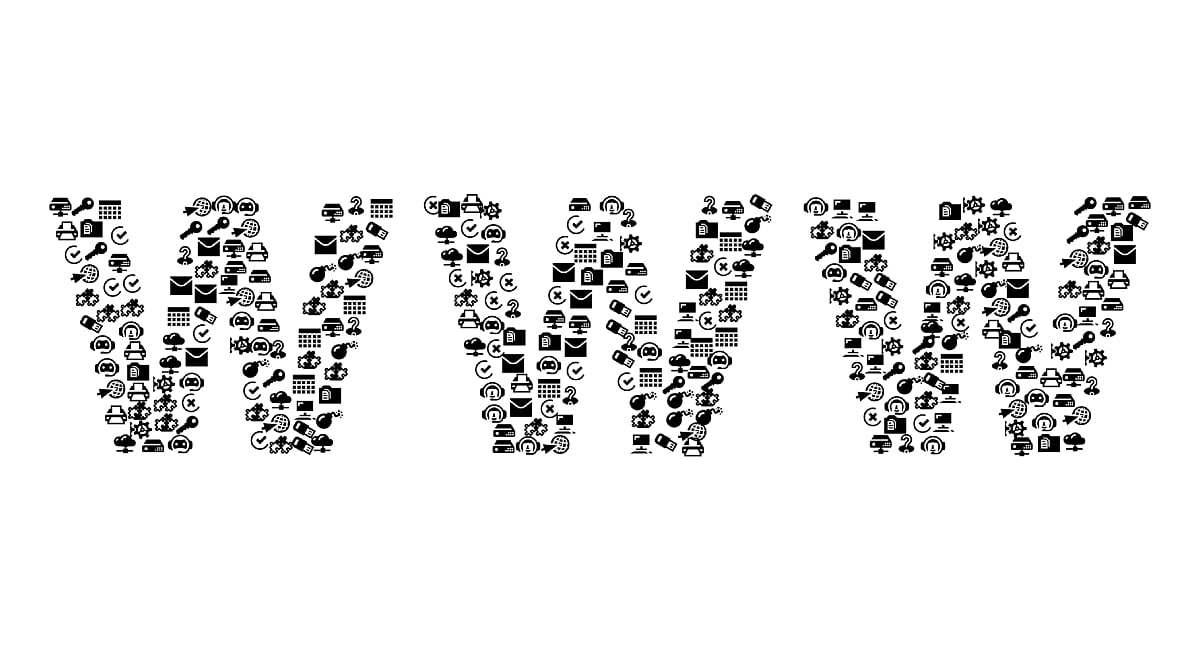Why are we fed polarising content?
This is where the economics of the internet come in.
Divisive and emotionally laden posts are more likely to get engagement (such as likes, shares and comments), especially from people who strongly agree or disagree, and from provocateurs. Platforms will then show these posts to more people, and the cycle of engagement continues.
Social media companies leverage our tendency towards divisive content to drive engagement, as this leads to more advertising money for them.
According to a 2021 report from the Washington Post, Facebook’s ranking algorithm once treated emoji reactions (including anger) as five times more valuable than “likes.”
Simulation-based studies have also revealed how anger and division drive online engagement. One simulation (in a yet to be peer-reviewed paper) used bots to show that any platform measuring its success and income by engagement (currently all of them) would be most successful if it boosted divisive posts.
Where are we headed?
That said, the current state of social media need not also be its future.
People are now spending less time on social media than they used to. According to a recent report from the Financial Times, time spent on social media peaked in 2022 and has since been declining. By the end of 2024, users aged 16 and older spent 10% less time on social platforms than they did in 2022.
Droves of users are also leaving bigger “mainstream” platforms for ones that reflect their own political leanings, such as the left-wing BlueSky, or the right-wing Truth Social. While this may not help with polarisation, it signals many people are no longer satisfied with the social media status quo.
Internet-fuelled polarisation has also resulted in real costs to government, both in mental health and police spending. Consider recent events in Australia, where online hate and misinformation have played a role in neo-Nazi marches, and the cancellation of events run by the LGBTQIA+ community, due to threats.
For those of us who remain on social media platforms, we can individually work to change the status quo. Research shows greater tolerance for different views among online users can slow down polarisation. We can also give social media companies less signals to work from, by not re-sharing or promoting content that’s likely to make others irate.
Fundamentally, though, this is a structural problem. Fixing it will mean reframing the economics of online activity to increase the potential for balanced and respectful conversations, and decrease the reward for producing and/or engaging with rage bait. And this will almost certainly require government intervention.
When other products have caused harm, governments have regulated them and taxed the companies responsible. Social media platforms can also be regulated and taxed. It may be hard, but not impossible. And it’s worth doing if we want a world where we’re not all one opinion away from becoming an outcast.
George Buchanan, Deputy Dean, School of Computing Technologies, RMIT University and Dana McKay, Associate Dean, Interaction, Technology and Information, RMIT University
This article is republished from The Conversation under a Creative Commons license. Read the original article.

